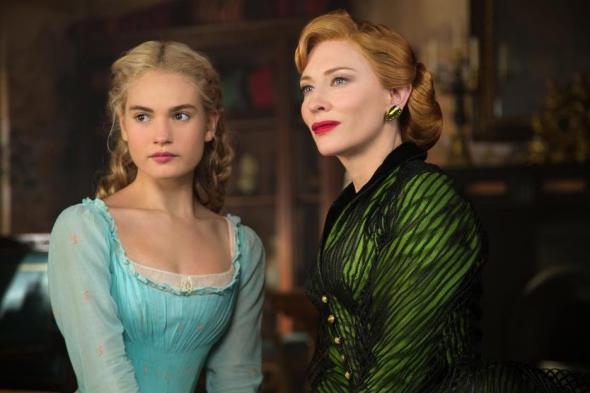Another day, another announcement from Disney about a new “live-action remake” of one of its beloved animated features. Now it’s Pinocchio. Before that, it was Winnie the Pooh—to be written by indie filmmaker Alex Ross Perry (Listen Up, Philip)—and Mulan. Already in the works: Beauty and the Beast (starring Emma Watson as Belle), The Jungle Book as directed by Jon Favreau, and, weirdly enough, a Tim Burton reinterpretation of Dumbo. The reactions to such announcements usually go something like this:
Cynicism and disdain: Where have all the original ideas gone?
Cynicism and disdain: Shrewd moneymaking move, Disney.
Or,
Cynicism and disdain: Stop ruining my childhood!
I can’t say I haven’t experienced similar sentiments—Disney has played a pretty considerable role in my own life, after all. But these complaints don’t pinpoint the true problem here, which is that Disney is remaking the wrong titles from its illustrious canon.
By returning to the well of long-standing, beloved animated films like Pinocchio, Disney lends credence to the concern that it only wants to make blockbusters without any interest in taking creative “risks.” Sure, the recent remakes of Cinderella and Maleficent have aimed for a sort of revisionist-feminist storytelling—“Ella is neither a martyr or a doormat,” Slate’s Katy Waldman wrote in her positive review of the former—but they’re still retreads of iconic works that were successful with audiences and critics in their original incarnations. And there’s truly no good reason to remake the 1991 version of Beauty and the Beast: It was both a critical and commercial hit (becoming the first animated feature nominated for Best Picture), and features arguably the first strong female character in Disney history. (On the other hand, don’t hold your breath for a Song of the South reinterpretation—as much as we could all use an excuse for a Pharrell Williams cover of “Zip-a-dee-doo-dah,” even Disney would have to admit that this movie is now so anachronistic and reprehensible as to be beyond modern-day repair.)
A smarter way for Disney to go about its resurrections would be to forget what worked the first time around and take on the films that struck out—whether creatively, commercially, or both—and improve upon them in live-action form. Take The Black Cauldron, an oft-forgotten box office bomb more notable for being the first Disney animated feature to get a PG rating than for any of its aesthetic or storytelling merits. A loose adaptation of the first two books in the fantasy series The Chronicles of Prydain, about a young protagonist named Taran, the film suffered from a lethal combination of poor executive decisions, poor creative choices, and poor timing, as Slate’s Dan Kois wrote at the time of its 25th anniversary. But it was also a film that had a lot of potential as a genuinely enjoyable adventure, and could still be relevant today: Its dark themes and young-adult target audience are more appropriate for the current post-Lord of the Rings and Harry Potter landscape than they were for the mid-’80s.
Other, lesser Disney films are ripe for reinterpretation in live-action form, too: The Sword in the Stone, The Great Mouse Detective, The Rescuers—like The Black Cauldron, all of these films have a small batch of defenders, but aren’t memorable enough to the masses to be plagued by nostalgia and high expectations. Nor have they been endlessly, shamelessly mined for cash in the years since their original releases, as hits like Beauty and the Beast have been. (When is the last time you saw someone taking a picture with a life-sized Ratigan in a Disney theme park, or stumbled upon Bernard and Bianca swag not from the nostalgia den that is Etsy?) They have grand sequences that could be quite engrossing and fun in live-action form—recall, for instance, the thrilling climactic showdown inside of Big Ben in The Great Mouse Detective. And the latter two, at least, feature female characters that are plucky and charming, if not downright “feminist” by today’s standards—perfect for Disney to update for modern sensibilities.
When Disney returns to its classic films and “reinterprets” them, it does remind us of the magic they’ve created in the past—thus encouraging many of us to pay money in the hopes of reliving our fondest childhood memories. (While reeling in a new, younger generation.) But with a remake of its “misses,” Disney would give itself a second chance at fixing its mistakes, while potentially profiting off them even more.
What new live-action project will Disney announce next? Will it be a live-action remake of Aladdin? The Lion King? Fantasia? I hope not. But if they wanted to retry and make Oliver & Company happen, and maybe switch out Billy Joel as Dodger, for say, Justin Timberlake? That could be a new classic.
Correction, April 14, 2015: The photo caption on this post originally misspelled Cate Blanchett’s first name.
